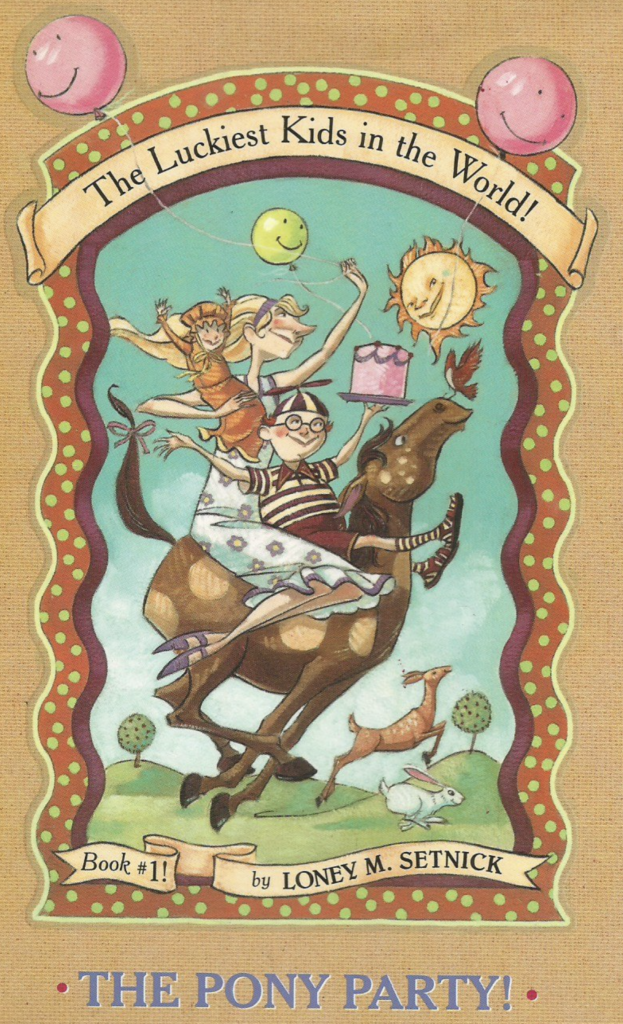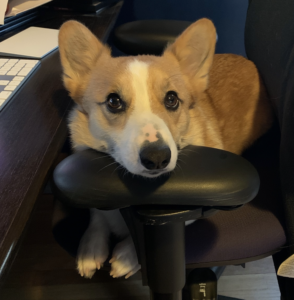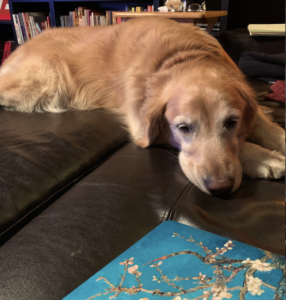 Ideas are not something we struggle with, usually. That’s one of the advantages to being a writing team. Between the two of us we’re almost always able to come up with fun complications for our plots, and, after letting our characters struggle with them for a bit, fun solutions to those complications. It’s pretty awesome.
Ideas are not something we struggle with, usually. That’s one of the advantages to being a writing team. Between the two of us we’re almost always able to come up with fun complications for our plots, and, after letting our characters struggle with them for a bit, fun solutions to those complications. It’s pretty awesome.
We’ve encountered a snag, though, in something tangentially related to the writing: redecorating the Writing Cave. Jen says it’s time. The Writing Cave is the first room we did anything to after buying our house. Back then we just called it the office. Writing wasn’t something we were as dedicated to, and we just needed a good place to set up our computer desks where the kids couldn’t casually smear peanut butter all over the keyboards. They do that less often now, what with one of them being in grad school and the other the proud owner of a shiny new PhD.
When we bought the place, the office was carpeted in plush, vibrant blue — a wall-to-wall Cookie Monster pelt. The rest of the house had hardwood, and we knew there was hardwood under all that Muppet fur, but we worried about what shape it might be in. It must be pretty bad for the previous owners to have kept it covered, right?
Wrong. When we pulled it up we discovered that the underpadding was pieced together from a million little scraps, all stapled into place. But other than that the floor was fine.
We stripped off the mattress-ticking wallpaper and put up a nice rich blue, speckled with whimsical stars and moons. It looks a lot less Lucky Charms than that sounds, but it is perhaps a little too whimsical and there are a few spots where we tore it a little moving furniture. When we had new windows installed, the paint we got to do touch-up doesn’t quite match the original.
The ceiling fixture doesn’t give as much light as we need, and is constructed in such a way that it’s hard to find bulbs that fit inside it with the cover on.
So — we’re all agreed, then. It’s time to redo this room. (Well, we’re not *all* agreed. Kent is indifferent. But he’s willing to follow Jen’s lead.) We know we want to make a change, we just don’t know what we want to change it to. It’s a strange place for us to be. We’ve done a lot of home improvement, and we usually have no shortage of ideas there either. But this time we (read: Jen) are kind of floundering. We’re most likely going to get new desks that can convert to standing desks with the touch of a button. Other than that we’re happy with the furniture. That’s good for our budget, but doesn’t leave a lot of room for creativity.
All we know for sure is that we don’t want the walls to be white. And we want a new light fixture and window covering. What those will look like, we have no idea. Oh – and we’re going to clear out the closet and install some sort of organization system, once we sort through all the junk and see what we actually want to keep.
If we get it figured out while we’re still outlining the Ghost Books, we can talk through plot points while we paint. Otherwise we’ll have to divide our time between writing and acting out our HGTV dreams.
The best writing partner is the one who supports you, even when it means applying liberal helpings of elbow grease.
![]() The fancy new whiteboard now houses our Ghosts, Book 4 rainbow. Barely — it flows across both sides already and we have a lot left to add. (hooboy!)
The fancy new whiteboard now houses our Ghosts, Book 4 rainbow. Barely — it flows across both sides already and we have a lot left to add. (hooboy!)


